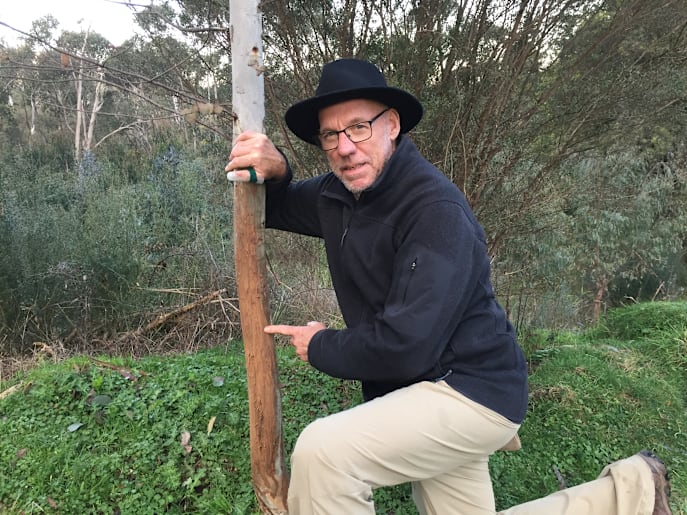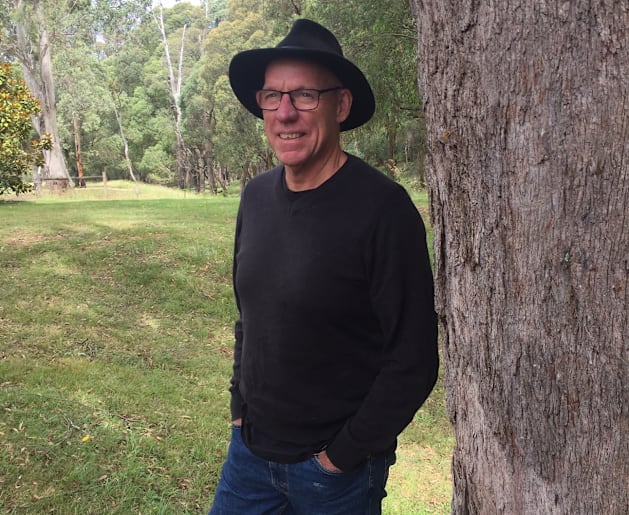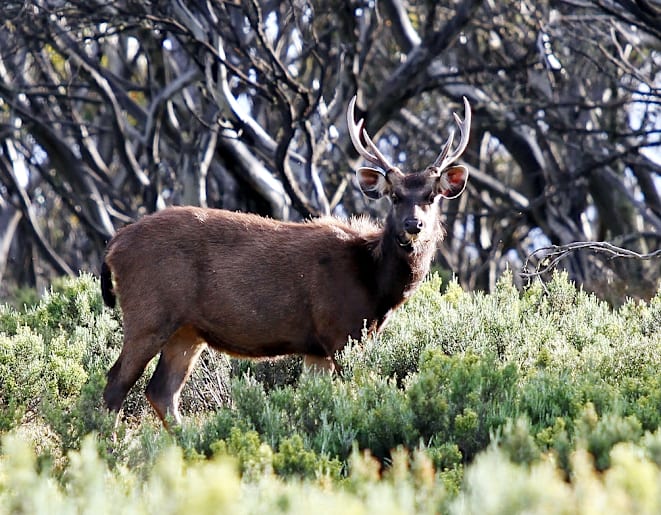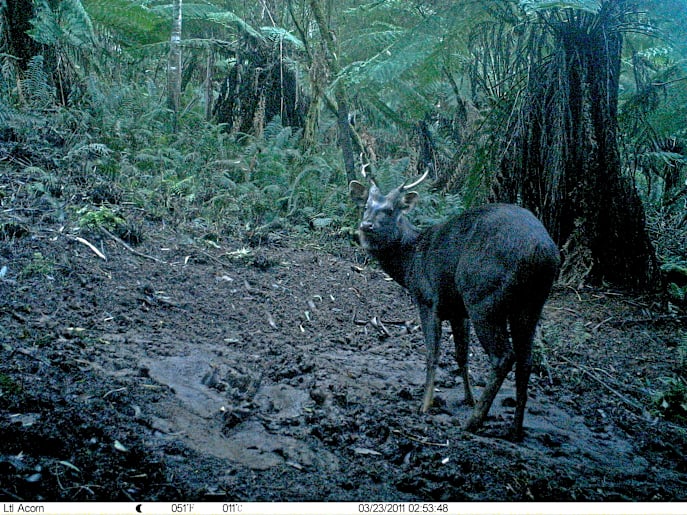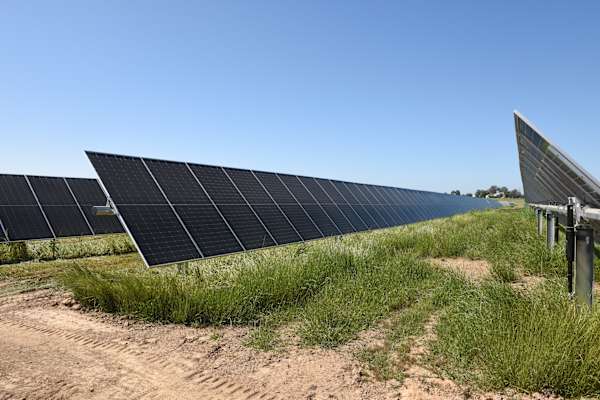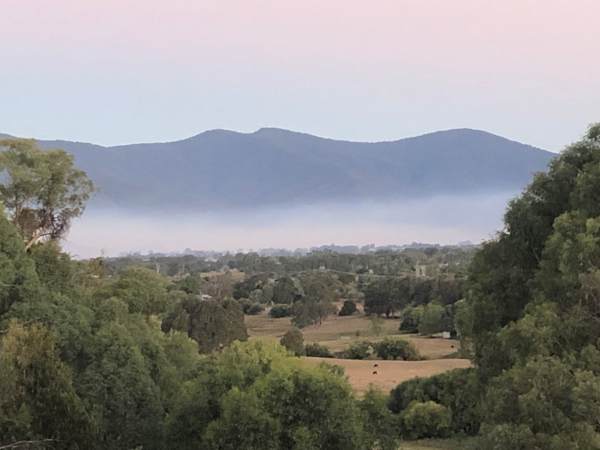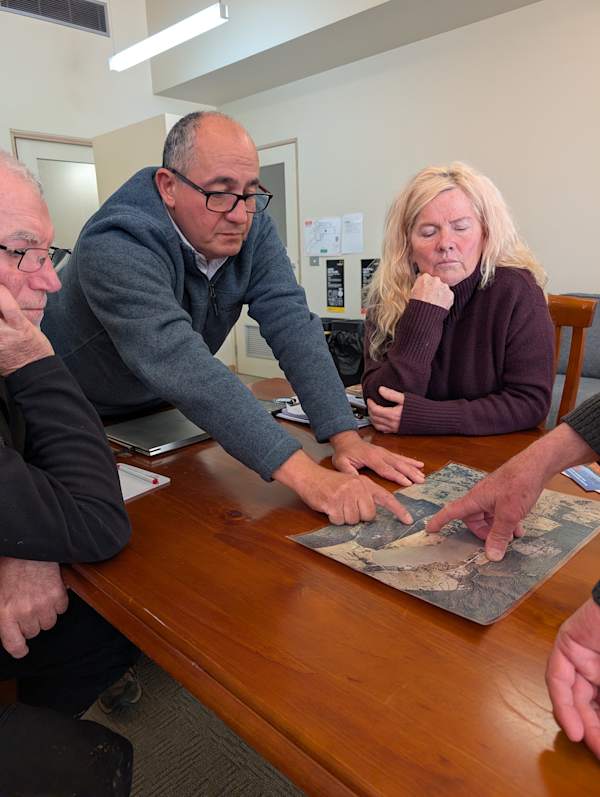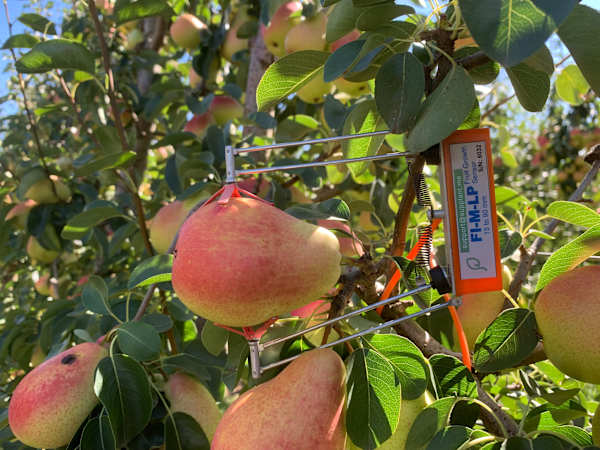FERAL deer populations across North East Victoria could be the largest in the state, according to local invasive species officer Peter Jacobs, who has joined more than 100 community groups and organisations in signing a joint letter calling for the Victorian Government to list feral deer as a pest.
Mr Jacobs, who is the Invasive Species Council Victorian Deer Community Control Network executive officer and past president of the Upper Ovens Valley Landcare Group, said the main focus of the letter is current government policy, but environmental impact is also a major concern.
“Feral deer occupy a large part of Victoria in very high numbers, causing a lot of grief to local plantations, farmers, road users and people with gardens," he said.
“Everyone thinks they’re a pest, except the government who still have them protected under the state’s wildlife act.
“This is a relic of when deer in small numbers were introduced in the late 1800s for hunting and then deer farms appeared around the 20th century before that industry collapsed in the 1980s and1990s.
Latest Stories
“The combination of the hunting population getting out of control plus the either accidental or deliberate release of deer when deer farms collapsed, spread deer across Victoria.
“Deer being protected under state law is bizarre as they’re an introduced species and there is no native equivalent in the Australian ecosystem.
“They’ve gone far beyond what anyone would consider an elusive species as they grow at a rate of 35-55 per cent every year and need to be seen as we see foxes, rabbits and pigs - a pest.”
Mr Jacobs said deer in the local area also cause extensive damage to the natural environment and largely effect the agriculture industry.
“Deer damage vineyards, orchards and grazing country where they compete with other domestic grazing animals,” he said.
“Here in the valley we see classic deer grazing country; forests meet paddocks so deer can graze and then seek shelter again.
“We know deer also love grazing in fire affected areas, which further slows the recovery of our country.
“In Victoria, a economics study estimated if nothing is done to curb population growth, the cost over the next 30 years would be $800 million to the agriculture industry, part of a total cost of $2.2 billion to the state.
“Road accidents were also listed as one of the highest economic impacts of deer.
“In Harrietville they have been looking at a way to deter deer crossing the road at night.”
Local pine plantations, such as those owned by Hancock Victorian Plantations (HVP), are also seeing extensive damage from deer.
“HVP are very concerned, the deer damage young trees which then grow with defects, so they’re doing a lot of studies and control work on plantations,” Mr Jacobs said.
“Deer are also impacting the Alpine high country where they wallow and graze in wetlands, which are critically endangered spaces incredibly important for water and biodiversity.
“They’re getting trashed by these animals and it takes decades to recover.
“Landcare groups see issues with deer grazing on plantings of native species as well as effecting our work on weed control.
“It’s a really sad story right across the landscape.”
Mr Jacobs said a 2023 report by the Arthur Rylah Institute estimated a deer population of 180,000 to 250,000 on public land across the state.
“This doesn’t account for private land, and was a surprisingly low figure to many,” he said.
“Numbers are hard to work out for this sort of species and while it’s important to get better at measuring that, ultimately the important thing is the impact.
“If the government list deer as pests we can look at a whole landscape approach to manage populations and the government will have a responsibility to look at solutions.
“There is some funding, and hunting takes out a fair few deer recreationally, but not enough to keep on top of the problem.
“The problem won’t go away overnight but we can get collaborative projects between private landowners, public land and hunters; all working together to start to reduce impacts of deer.
“The government needs to listen to the whole community, not just the few lobbyists pretending they’re native wildlife.”
PLEA FOR 'PEST' STATUS
LAST week's letter, signed by more than 100 academics, land managers and national, state and regional community and conservation groups, calls on the Victorian Agriculture and Environment ministers to use the current Wildlife Act review as an opportunity to ‘unprotect’ deer that are currently protected under the state’s wildlife laws, despite being an introduced species.
Victorian feral deer facts
• There is an estimated 250,000 to one million feral deer across Victoria
• Deer are listed as pests in all state and territories except Victoria and Tasmania
• There are four species of feral deer in Victoria - Fallow deer (Dama dama), Sambar deer (Cervus unicolor), Red deer (Cervus elaphus) and Hog deer (Axis porcinus)
• Recreational hunting is acknowledged by the State Government to be ineffective at controlling deer numbers alone

